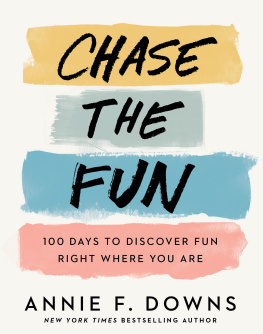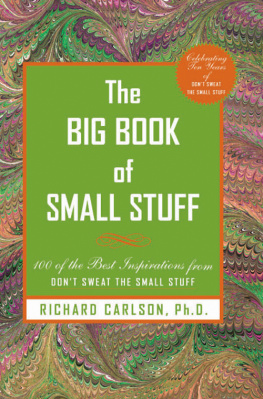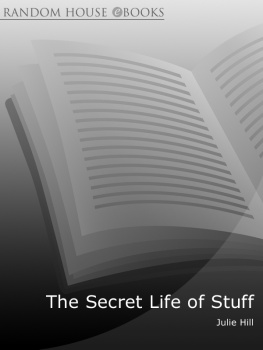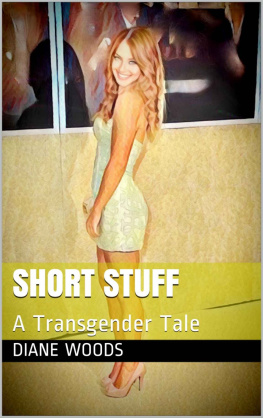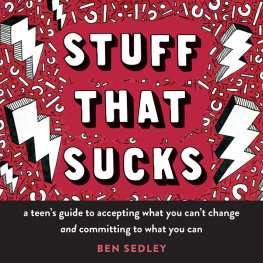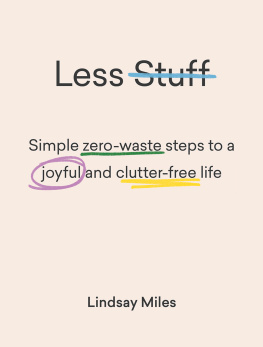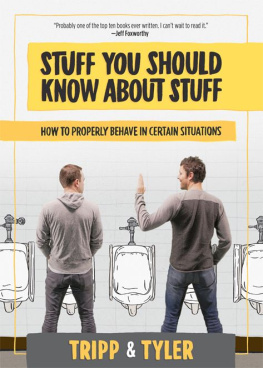Praise for
The Story of Stuff
Annie Leonard occupies a unique, vital place in the pantheon of leading social and political thinkers in American society today. Better than anyone before, she is able to explain, with simplicity, humor, and verve, the intrinsic problems of an economic system that destroys the Earth while delivering social and economic chaos. This is must reading for anyone seeking to grasp the interlocking crises of our time, what to do about them, and how to talk about them with others. An educational and organizing tool of the utmost importance.
Jerry Mander, founder, Distinguished Fellow, the International Forum on Globalization, and author of In the Absence of the Sacred: Failure of Technology and The Case Against the Global EconomyAnd for a Turn Toward the Local
Annie Leonard has a gift for teaching without preaching. The Story of Stuff is a brilliant and heartwarming book, a much-needed burst of energy directed toward solutions that stands out in a field of dire facts and laborious explanations about the state of our world.
Maude Barlow, author of Blue Covenant: The Global Water Crisis and the Coming Battle for the Right to Water
Annie Leonard journeys into the dark heart of consumerism and returns with a masterpiece. Part handbook, part manifesto, fact-packed and eye-opening, The Story of Stuff is essential reading for anyone concerned about the environment.
Alan Burdick, author of Out of Eden: An Odyssey of Ecological Invasion
Annie Leonard has done it again! The Story of Stuff video was a huge hit with my students and my family, and I plan on sharing this amazing book with everyone I know. Leonard expertly guides us through the hard truths of our materials economy, from extraction to disposal and she offers concrete and positive alternatives every step of the way. The most important thing I learned from this book is that if we build community and focus on what really matters, we can use our collective power and imagination to change the world. Lets get to work!
David Naguib Pellow, professor of sociology, University of Minnesota, and author of Garbage Wars: The Struggle for Environmental Justice in Chicago and Resisting Global Toxics: Transnational Movements for Environmental Justice
Many of the problems facing the world today can be traced back to how we make, consume, and toss our mountains of stuff. Annie Leonard takes us on a much-needed journey into the heart of stuff, and brings us back again with the knowledge and optimism to change our lives and our society.
Tim Kasser, Ph.D., professor & chair of psychology, Knox College, and author of The High Price of Materialism
Annie Leonards marvelous new book could not have appeared at a better time, as people across the country (and the world), and young people in particular, grapple with the interconnected issues of consumption and our environmental, social, and economic crises. I recommend The Story of Stuff to students everywhere: its a must-read for anyone looking to make a profound difference.
Michael Maniates, professor of political science and environmental science at Allegheny College, co-editor of Confronting Consumption and The Environmental Politics of Sacrifice
Annie Leonards is the rare voice who can pose fundamental questions about our economic system without alienating or frightening her audience. With The Story of Stuff, she provides not only a comprehensive look at whats broken, but a bridge to a whole new economic, social, and environmental reality.
James Gustave Speth, author of The Bridge at the Edge of the World: Capitalism, the Environment, and Crossing from Crisis to Sustainability
The Story of Stuff is a brilliantly argued triumph of common sense and optimism. A work of great courage, it offers the greatest possible public service: speaking truth to power. A compelling and vitally important book for our troubled times.
Ellen Ruppel Shell, author of Cheap: The High Cost of Discount Culture, professor and co-director of the Graduate Program in Science Journalism, Boston University
THE STORY OF STUFF

HOW OUR OBSESSION WITH STUFF
IS TRASHING THE PLANET,
OUR COMMUNITIES, AND OUR HEALTH
AND A VISION FOR CHANGE
Annie Leonard
with Ariane Conrad


Free Press
A Division of Simon & Schuster, Inc.
1230 Avenue of the Americas
New York, NY 10020
www.SimonandSchuster.com
Copyright 2010 by Annie Leonard
Illustrations by Ruben DeLuna and Louis Fox, Free Range Studios
All rights reserved, including the right to reproduce this book or portions
thereof in any form whatsoever. For information address Free Press Subsidiary Rights Department, 1230 Avenue of the Americas, New York, NY 10020.
First Free Press hardcover edition March 2010
FREE PRESS and colophon are trademarks of Simon & Schuster, Inc.
For information about special discounts for bulk purchases,
please contact Simon & Schuster Special Sales at
18665061949 or business@simonandschuster.com.
The Simon & Schuster Speakers Bureau can bring authors to your live event.
For more information or to book an event contact the Simon & Schuster Speakers Bureau at 18662483049 or visit our website at www.simonspeakers.com .
Designed by Chris Brunell, Free Range Studios
Manufactured in the United States of America
10 9 8 7 6 5 4 3 2 1
Library of Congress Cataloging-in-Publication Data
Leonard, Annie.
The story of stuff: how our obsession with stuff is trashing the planet, our communities, and our healthand a vision for change/Annie Leonard with Ariane Conrad.
p. cm.
1. Material culture. 2. Personal belongings. 3. AcquisitivenessMoral and ethical aspects. 4. Consumerism (Economics)Moral and ethical aspects.
I. Conrad, Ariane. II. Title.
GN406.L46 2010
306.4dc22 2009042207
ISBN 9781439125663
ISBN 9781439148785 (e-book)

To Bobbie and Dewi

CONTENTS


INTRODUCTION

Growing up in the green and luscious city of Seattle during the 1970s was idyllic, but the real joy came in the summertime, when my family and I piled our camping gear into our station wagon and headed for the stunning North Cascades mountains. Since this was in the days before DVD players in the backseats, during the drive Id look out the window and study the landscape. Each year I noticed that the mini-malls and houses reached a bit farther, while the forests started a bit later and got a bit smaller. Where were my beloved forests going?
I found my answer to that question some years later in New York City, of all places. The Barnard College campus where I went for my environmental studies classes was on West 116th Street on Manhattans Upper West Side, and my dorm room was on West 110th Street. Every morning I groggily trudged up those six blocks, staring at the mounds of garbage that line New York Citys streets at dawn each day. Ten hours later, I walked back to my dorm along the emptied sidewalks. I was intrigued. I started poking around to see what was in those never-ending piles of trash. Guess what? It was mostly paper.
Next page


